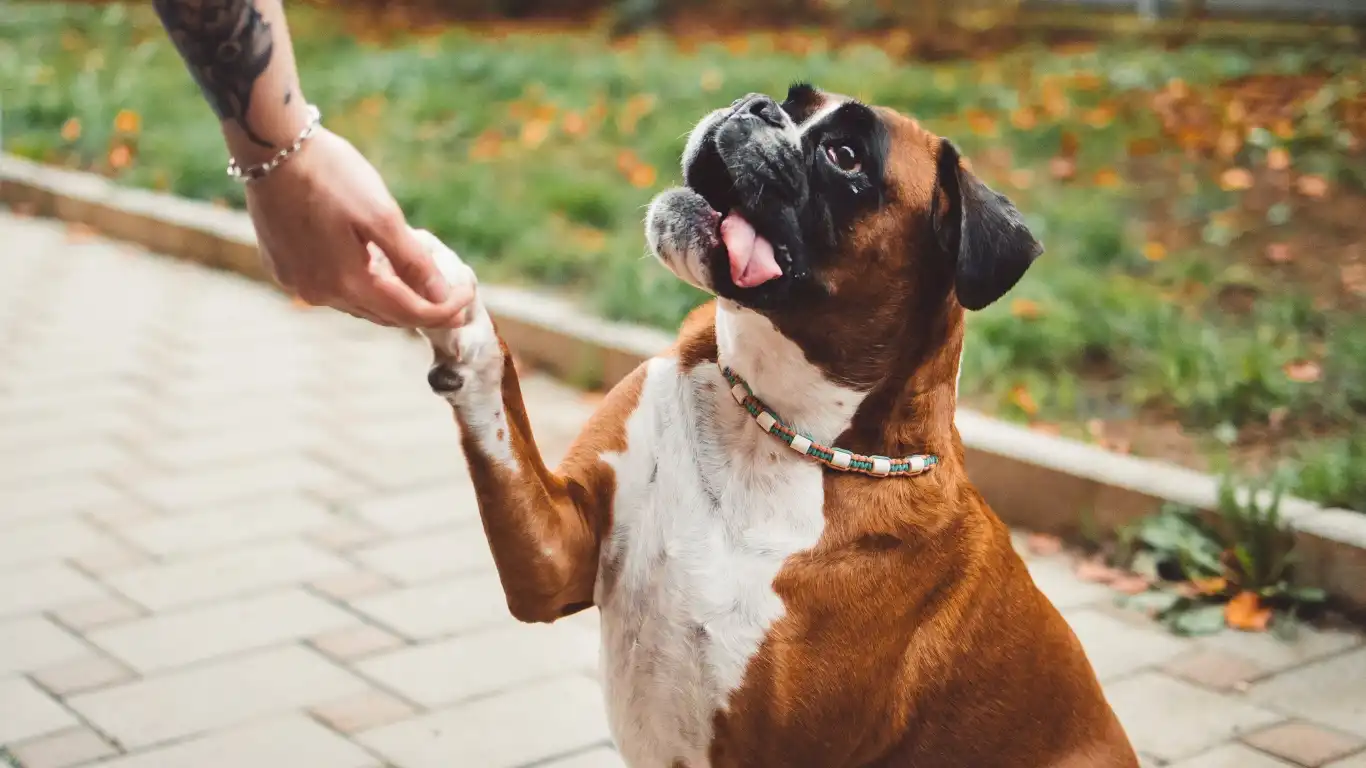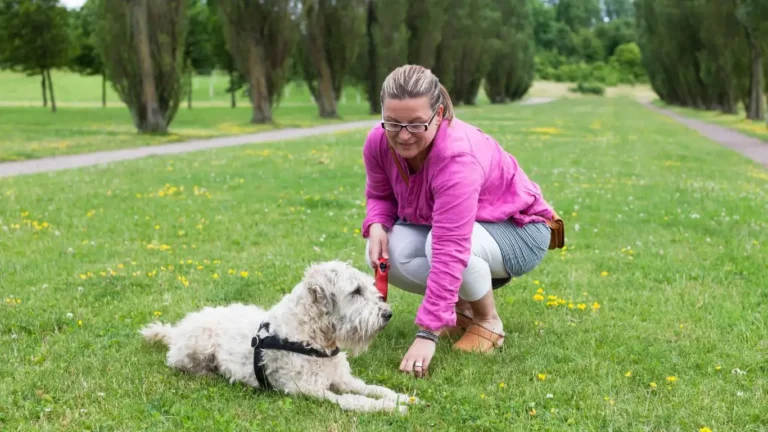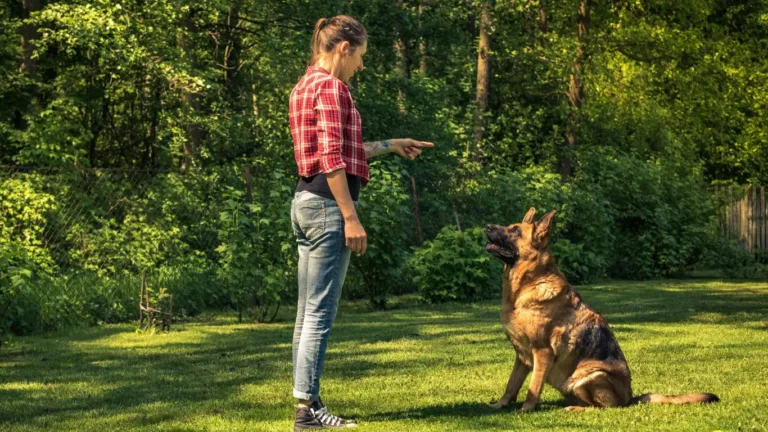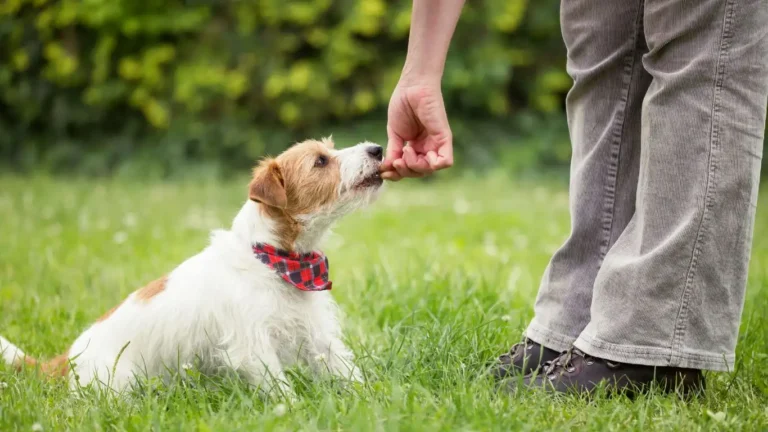Best Training Collars for Dogs: Choose the Right One Without Regret
Let’s be real for a second—figuring out how to choose the best training collar for dogs can feel like wandering through a maze of opinions, styles, and, let’s face it, a lot of misinformation. As someone who’s spent years as a Veterinary Technician specializing in canine nutrition and behavior, I’ve worked closely with trainers, pet parents, and of course, the dogs themselves. Trust me, choosing the right collar isn’t just about flashy marketing or what your neighbor swears by. It’s about what works best for your dog’s unique personality, training goals, and yes, their physical and emotional well-being.
Understanding What a Training Collar Is—and What It Isn’t
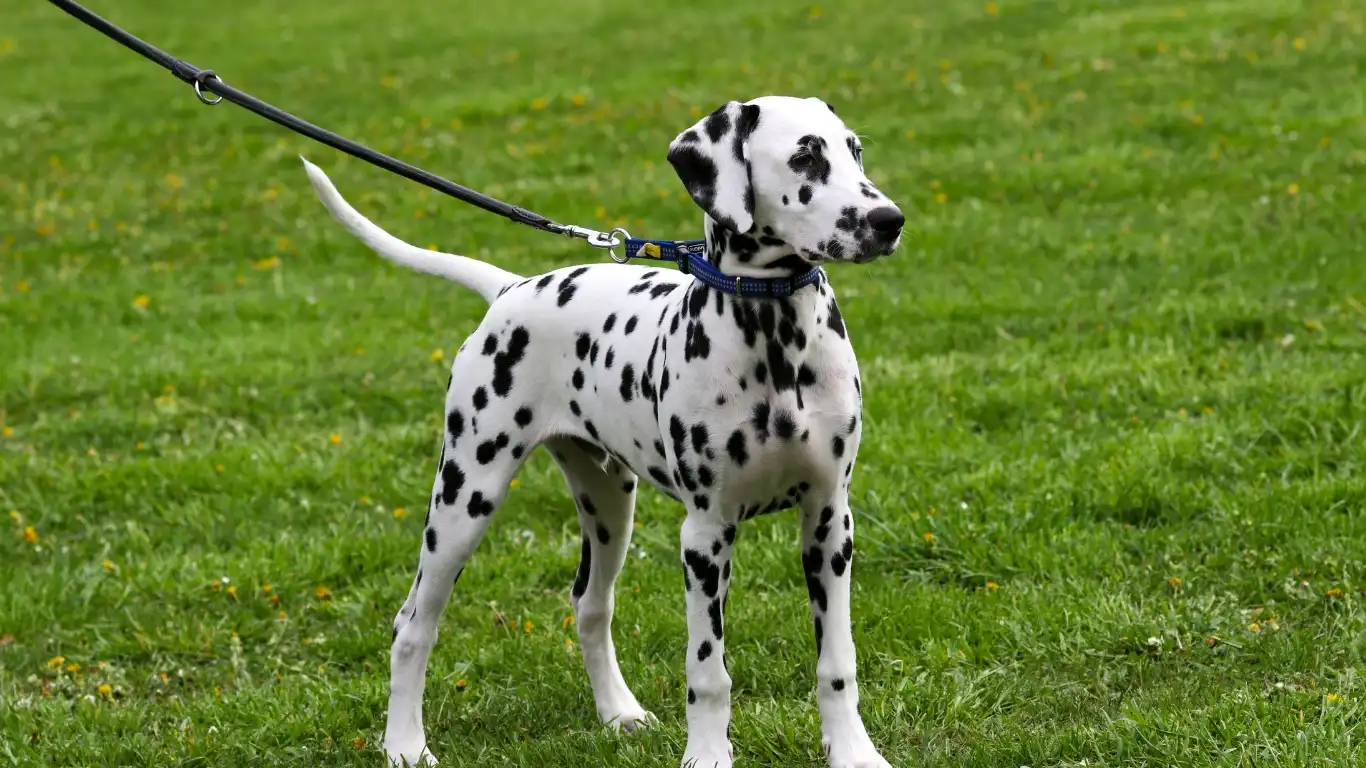
First, let’s bust a myth or two. A training collar isn’t a one-size-fits-all fix, nor should it be the first tool you grab when training gets tough. I’ve seen folks grab a prong collar without fully understanding its purpose, and that usually ends in frustration—for both human and hound. In my experience, training collars are best seen as communication tools, not punishment devices. When used correctly (and that’s a big when), they can offer gentle guidance and reinforce boundaries, especially for pups that need a little extra help focusing in distracting environments.
So, What Types of Training Collars Are Out There?
Let’s break it down a bit, because this is where it starts to get confusing. There are several types of training collars on the market, each with its own pros and cons. Here are the most common types:
- Flat Collars: These are your everyday, standard collars. Not technically a training collar, but worth mentioning because people often confuse them with the others.
- Martingale Collars: Also known as limited-slip collars, these are ideal for dogs with narrow heads (like Greyhounds) or those who tend to back out of regular collars. They tighten slightly under tension but won’t choke.
- Prong Collars: These look intimidating but can be useful when used with professional guidance. They apply even pressure around the neck to discourage pulling but must be fitted and used correctly to avoid harm.
- Choke Chains: These are old school and, honestly, I rarely recommend them. They offer no limit on tightening, which can lead to injury if misused.
- Remote or E-Collars: These deliver a vibration, tone, or mild electric stimulation from a distance. Not a go-to for everyone, but they can be effective in off-leash training scenarios with proper conditioning and expert supervision.
Each collar has a purpose, but not every dog is a candidate for every style. I always tell pet parents: just because your friend’s Labrador stopped pulling on a prong collar doesn’t mean it’s the right solution for your nervous little Aussie mix.
Why Your Dog’s Temperament Matters More Than the Collar

I’ve met dogs who crumble at a stern voice and others who barely blink at a tug on the leash. That’s why I stress this with every client—know your dog. Their temperament should guide your training approach, not the other way around.
If you’re working with a highly sensitive or anxious pup, the wrong collar can set you back weeks in training. I remember working with a rescue Beagle who shut down completely after a single session with a poorly used e-collar. We had to take a big step back and rebuild trust before we could make any progress. On the flip side, I’ve worked with a high-drive Malinois who thrived once his handler introduced a structured routine and a properly conditioned e-collar protocol.
Here’s a Quick Temperament-Training Collar Match Guide:
- Shy or timid dogs: Martingale collars or positive-reinforcement harnesses are your best bet. Avoid anything aversive.
- Confident but stubborn pups: Consider a prong or remote collar, but only under the guidance of a professional trainer.
- High-anxiety dogs: Steer clear of choke chains and most e-collars. Focus on positive reinforcement methods first.
- Working or sport breeds: With the right foundation, e-collars can be useful for off-leash control, but again—training is everything.
Keep in mind that this is just a general guide. Every dog has their quirks, and as a vet tech, I’ve seen more than a few surprises. Like that tiny Yorkie who responded better to structured prong collar training than most Huskies I’ve met!
The Role of Fit and Comfort in Collar Selection

This might seem like a no-brainer, but you’d be shocked at how many dogs come into the clinic with pressure sores, fur loss, or even infections from ill-fitting collars. Fit is everything. I always recommend trying on the collar before you commit to using it regularly. It should sit high on the neck, snug but not tight, and it should never pinch or rub when the dog moves.
A couple quick checks:
- You should be able to fit two fingers between the collar and your dog’s neck.
- It shouldn’t slide over the dog’s head when tugged gently.
- Check the contact points (especially on prong and e-collars) for skin irritation after every session.
And please, ditch the collar when your dog’s in their crate or left unsupervised. I’ve seen accidents happen, and it’s just not worth the risk.
Training Collar Safety: What Most People Overlook

Alright, let’s talk about safety—because honestly, I’ve seen way too many close calls that could’ve been avoided. One of the biggest mistakes I see pet parents make is thinking the collar does the training. Spoiler alert: it doesn’t. It’s just one part of the equation. The real magic happens with consistency, timing, and clear communication. A training collar used incorrectly isn’t just ineffective—it can actually damage your dog’s trust and health.
There was this sweet Golden Retriever I worked with—Max. His owner had picked up an e-collar from a big box store with no clue how to use it properly. By the time I saw Max, he was flinching every time someone reached toward his neck. We had to go back to basics, rebuild confidence, and start over with positive reinforcement. Moral of the story? If you’re unsure how to use a training collar safely, please ask a professional.
Collar Safety Do’s and Don’ts:
- Do check the collar regularly for wear, damage, or fit issues.
- Don’t leave a training collar on all day. These are for active sessions only.
- Do introduce the collar slowly—let your dog sniff it, wear it for short periods, and pair it with treats at first.
- Don’t yank, jerk, or use it out of frustration. Training is about communication, not correction alone.
If I had a dollar for every time someone told me they “just needed a stronger collar,” I’d be writing this from a beach somewhere. But really, it’s almost never about strength. It’s about technique.
How to Choose the Best Training Collar for Dogs Based on Your Lifestyle

Here’s where things get personal—because your lifestyle plays a huge role in choosing the right training collar. Are you hiking every weekend? Living in a busy urban apartment? Training for off-leash recall on a farm? All of these scenarios demand different tools.
Let me share two quick client stories to make this super real:
Case 1: Ellie, a high-energy Border Collie living in the city. Her human needed help getting her to stop lunging at bikes and skateboards. We went with a Martingale and clicker combo, worked in short sessions around her triggers, and used high-value treats. Within two weeks, we had her walking past cyclists like a pro.
Case 2: Jasper, a rescue German Shepherd on a ranch with a ton of space. His recall was hit or miss. We worked with a vibration-based remote collar under supervision, paired it with long-line practice, and used play as a reward. Now he comes running from 200 feet away when called.
Point is, the best training collar depends on your environment, goals, and how much time you’re realistically able to invest in training.
Ask Yourself These Questions Before Buying:
- What specific behavior am I trying to improve?
- Is my dog reactive, nervous, excitable, or just untrained?
- Do I need this for walks, recall, or off-leash control?
- Do I have access to a professional for guidance?
Trust me, a little honest reflection here goes a long way in avoiding wasted money and unnecessary stress—for both of you.
Getting Professional Input Makes a Huge Difference
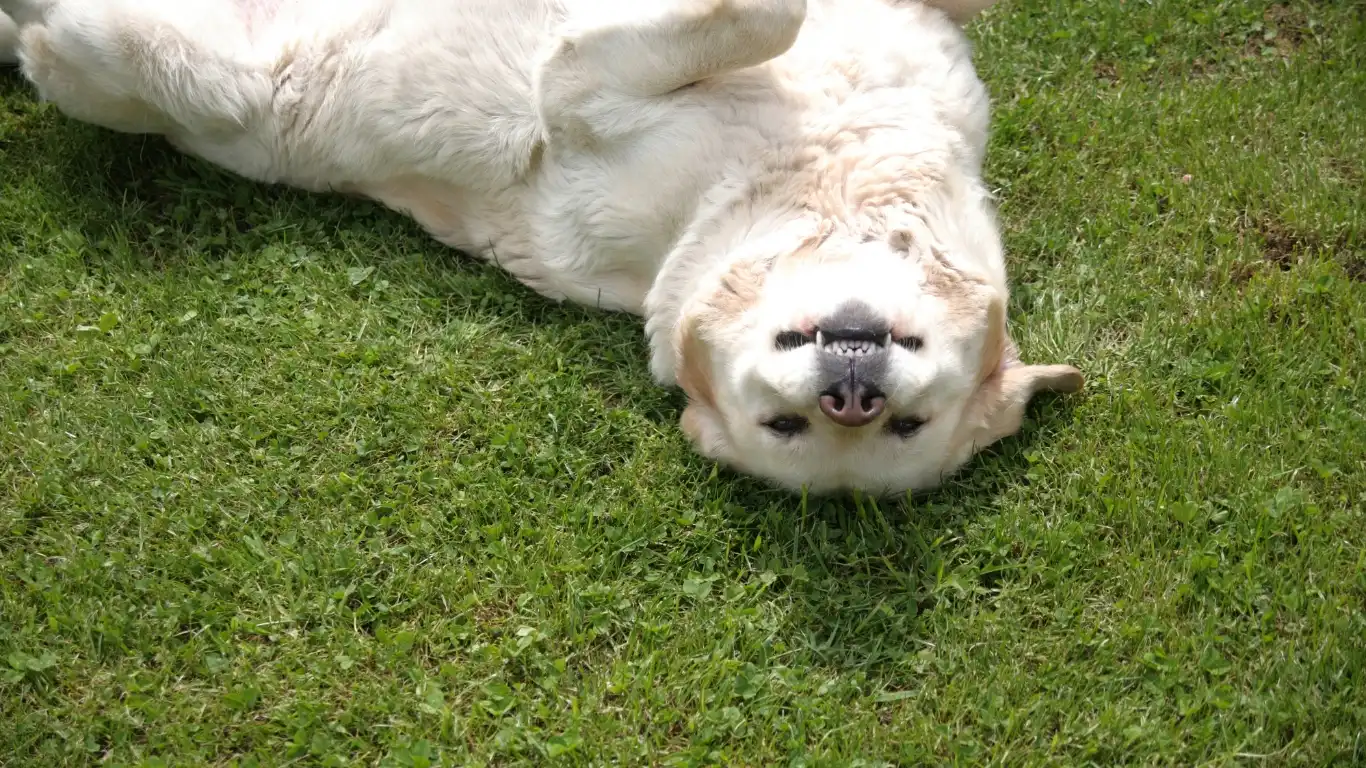
One thing I learned early on working in vet med: don’t try to figure it all out alone. Just like you wouldn’t try to diagnose your dog’s limp via a Facebook group, you shouldn’t pick a training collar based on one random Reddit thread either. Lean on professionals—trainers, behaviorists, and yes, your vet tech friends (hi!).
I often work hand-in-hand with trainers when nutrition and behavior overlap. Sometimes a dog’s pulling is less about willfulness and more about dietary imbalances making them hyperactive. Other times, it’s anxiety. A trainer can help you assess the root cause, and together we can make sure your dog is set up for success.
When clients ask me where to start, I usually recommend finding a certified trainer who uses science-backed, humane methods. You’ll want someone who’s comfortable with all kinds of tools—collars included—but who focuses on relationship-building, not just quick fixes.
What to Look for in a Great Dog Trainer:
- Certifications like CPDT-KA, IAABC, or KPA-CTP
- Clear philosophy rooted in positive reinforcement
- Experience with your dog’s breed or behavior type
- Willingness to teach YOU, not just “fix” the dog
I’ve worked alongside some incredible trainers who’ve completely transformed a dog’s confidence with the right collar, right timing, and right attitude. It’s not magic—it’s just experience, patience, and the willingness to try what works for that specific dog.
Training Collar Myths You Shouldn’t Fall For
We’ve got to wrap this part with some myth-busting, because believe me, the internet is full of opinions—many of them… not exactly grounded in fact.
- Myth: All training collars are cruel.
Truth: Not when used correctly. Properly used, many collars provide clear feedback in a calm, humane way. - Myth: Prong collars hurt dogs.
Truth: Poorly fitted or used incorrectly, yes. But when sized and used with care, they apply gentle, even pressure. I’ve seen dogs visibly relax once their handler learns proper technique. - Myth: E-collars are the same as shock collars.
Truth: Modern e-collars offer multiple levels and often include tone and vibration. The goal is communication, not punishment. - Myth: You don’t need a collar if you use treats.
Truth: Positive reinforcement is the foundation of any good training plan—but that doesn’t mean physical tools don’t have a place in the toolkit.
The takeaway here? Don’t let blanket statements—or scary headlines—steer you away from exploring the best options for your dog. Instead, look at the whole picture: your dog’s personality, your goals, your environment, and your own skill level.
Real-World Tips for Getting Started with the Right Training Collar

Okay, so now that we’ve tackled the types, safety, myths, and how to match collars to your lifestyle and your dog’s personality—what now? Let’s bring it all together and talk about how to actually get started the right way. I can’t count how many times I’ve had pet parents walk into the clinic totally overwhelmed because they tried a collar without a plan. Don’t be that person. (No judgment, I’ve been that person with my own dogs too!)
Here’s a simple step-by-step I often walk through with clients when we’re figuring out how to choose the best training collar for dogs, especially those with behavior challenges like leash reactivity or recall issues.
Step 1: Observe Your Dog’s Behavior in Context
Before grabbing a collar, spend a few days simply observing your dog. What triggers unwanted behavior? Where are they calmest? What motivates them—treats, toys, praise? If you’re not sure, keep a little “behavior journal” for a few days. It helps more than you’d think.
Step 2: Consult with a Trainer or Behaviorist
If you’re unsure which collar to go with, this is your moment to bring in a pro. A certified trainer can do a quick behavior assessment and help you choose a collar that matches both your goals and your dog’s temperament. Trust me, this step saves so much time and heartache.
Step 3: Choose the Collar That Fits the Plan
Now that you’ve got a goal and professional advice, it’s time to shop. Make sure whatever you buy is high quality, adjustable, and humane. Avoid knock-offs or harsh tools that don’t come with instructional guidance.
Brands I’ve used personally or seen work well include trusted options from companies like Herm Sprenger (for prong collars), Dogtra or Mini Educator (for e-collars), and PetSafe for Martingales. Always pair your purchase with real-world education—many manufacturers offer online video guides too.
Step 4: Take It Slow and Pair with Positive Reinforcement
Whether you’re introducing a prong, Martingale, or e-collar, make the first few experiences as low-stress as possible. Let your dog wear it around the house without engaging it. Toss a few treats their way when it goes on. Training collars should never equal “bad stuff is about to happen.”
My go-to advice: Train like you’re teaching, not punishing. You’re building trust and clarity, not fear. Big difference.
Common Mistakes to Avoid When Using Training Collars

Now let’s talk pitfalls. As much as I love seeing dogs make progress, I’ve also had to help rehab dogs who were mistrained with the wrong collar—or worse, with the right one used the wrong way.
Top Mistakes I See (and How to Avoid Them):
- Using the collar without teaching basic commands first: A collar is a tool to reinforce what your dog already understands. It’s not a shortcut to obedience.
- Skipping desensitization: Don’t just slap it on and start correcting. Ease them into it gradually.
- Leaving it on too long: Training collars should be used during active sessions only—not all day. I’ve seen sores, hair loss, and even embedded metal from owners forgetting to remove them.
- Inconsistent timing: If you’re too early or too late with your correction or marker (tone, vibration, leash pop), your dog gets confused and stressed. Timing matters more than pressure.
And please—never, ever use these collars in anger. They’re not there to make your frustration louder; they’re there to make your communication clearer.
Building a Bond While You Train
Honestly, one of the best things about using a training collar correctly is that it can strengthen your bond with your dog. That might sound cheesy, but I’ve seen it time and again. When your dog understands what’s being asked of them and you’re both communicating clearly, the stress fades away. Training becomes fun, not a battle.
I worked with a sweet rescue pit mix named Luna who had been bounced from home to home because of leash aggression. Her new family was committed to giving her a fresh start. We used a Martingale paired with reward-based training, and her transformation was nothing short of amazing. She went from lunging at dogs to walking calmly on the same path in just a couple months. And her bond with her new humans? Unbreakable. That’s the power of understanding your tools and your dog.
References
Disclaimer
This article is based on my personal experience as a Veterinary Technician specializing in canine nutrition and behavior, along with professional collaboration with certified dog trainers. It is intended for informational purposes only and is not a substitute for professional veterinary or behaviorist advice. Always consult with a qualified trainer or veterinary professional before starting any new training regimen or using any training equipment.
